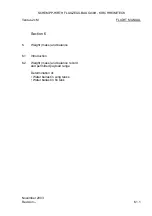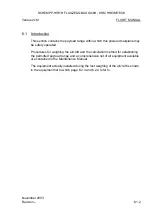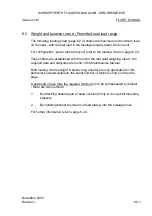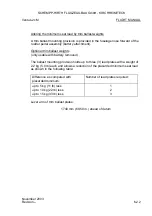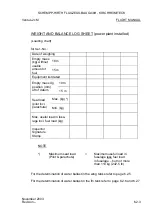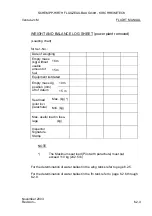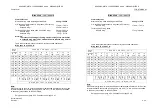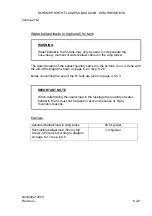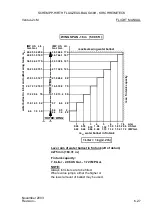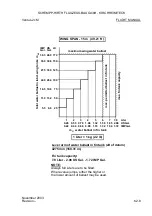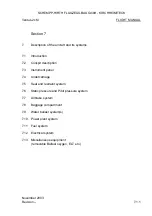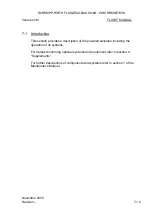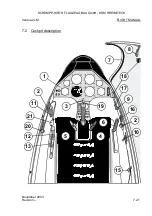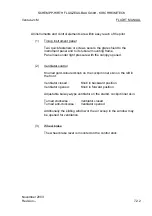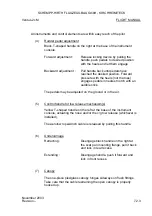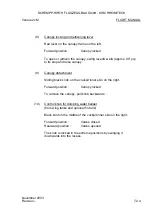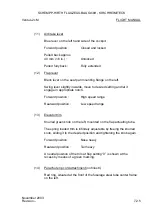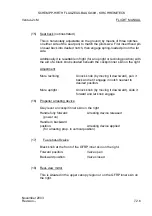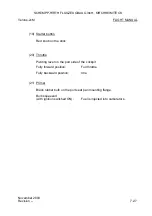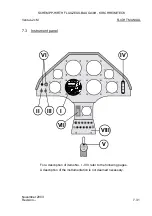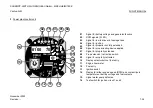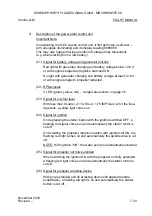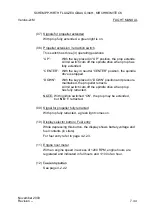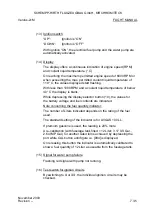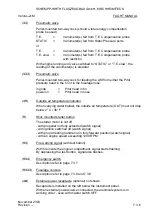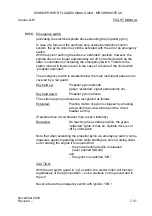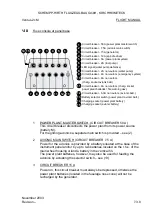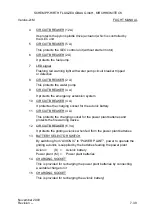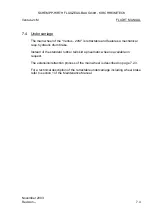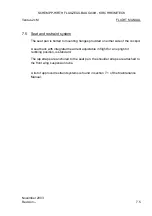
SCHEMPP-HIRTH FLUGZEUGBAU GmbH., KIRCHHEIM/TECK
Ventus-2cM
FLIGHT MANUAL
All instruments and control elements are within easy reach of the pilot
(4)
Rudder pedal adjustment
Black T-shaped handle on the right at the base of the instrument
console.
Forward adjustment :
Release locking device by pulling the
handle, push pedals to desired position
with the heels and let them engage
Backward adjustment :
Pull handle back until pedals have
reached the desired position. Forward
pressure with the heels (not the toes)
engages pedals in nearest notch with an
audible click.
The pedals may be adjusted on the ground or in the air.
(5)
Control handle for tow release mechanism(s)
Yellow T-shaped handle on the left at the base of the instrument
console, actuating the nose and/or the c/g tow release (whichever is
installed).
The aerotow rope/winch cable is released by pulling this handle.
(6) Undercarriage
Retracting :
Disengage black handle on the right at
the scat pan mounting flange, pull it back
and lock in rear recess.
Extending :
Disengage handle, push it forward and
lock in front recess.
(7) Canopy
The one-piece plexiglass canopy hinges sideways on flush fittings.
Take care that the cable restraining the open canopy is properly
hooked up.
November
2003
Revision --
7.2.3
Summary of Contents for Ventus-2cM
Page 11: ......

